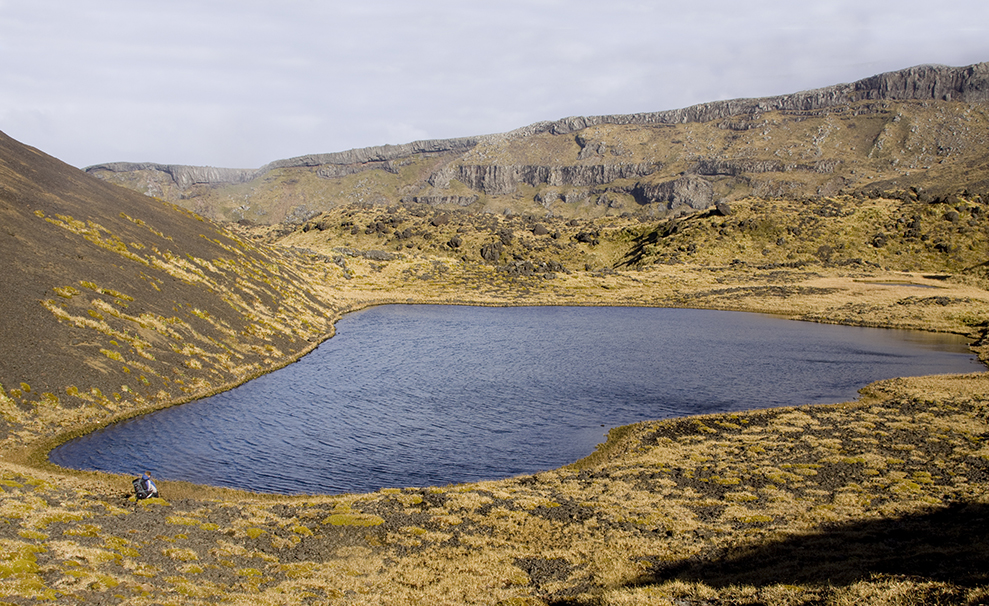Environmental Change
Antarctica and the sub-Antarctic islands are experiencing some of the most rapid climate change on earth. The extent and pace of that change differs among parts of the continent, the Southern Ocean, and the sub-Antarctic islands. Nonetheless, evidence of the impact of that change is already profound. Glaciers are receding, plant life is marching up the elevational gradients on many islands, and new species are turning up in places they have not been seen before.
Many of these species are from elsewhere on the planet. Typically, in the past, such non-indigenous species were introduced either deliberately, such as Reindeer to South Georgia, or accidentally, such as rats and mice to many islands. Now, most introductions are accidental. Despite good biosecurity in many regions, the threats seem to be growing. To a large extent this is due to climates becoming more favourable, and increasing numbers of visitors to the region.
Thus, for the Antarctic region, climate change and biological invasions are the most significant threats to biodiversity and are of major concern to both conservationists and policy makers. A further major concern is exploitation of marine resources, while growing anxiety has been expressed about impacts associated with local human activities.
South Georgia
Marion Island
Note the substantial growth in grass cover over the period, indicating a substantial increase in elevational range of Agrostis magellanica







